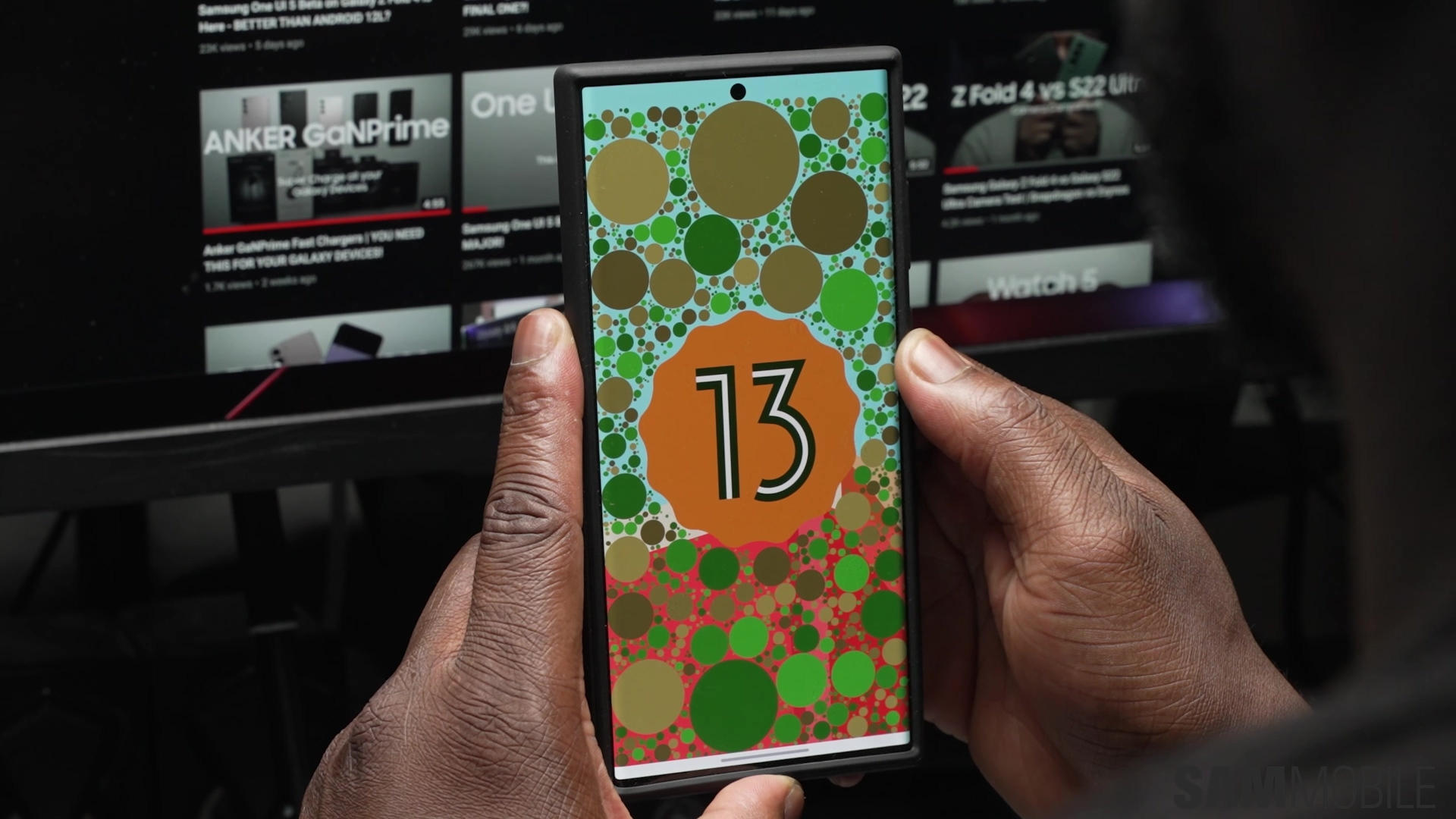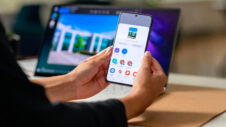The “CSC” or “Country Specific Code” is an integral part of Samsung's software, and it has been for years. For those who are unaware, it contains custom settings, localizations, carrier-branding, APN settings, and more for specific regions. For example, a Samsung Galaxy Z Fold 4 that's sold in the United States will have a different CSC compared to the one sold in Germany.
Since Samsung sells its devices in almost every market, big or small, across the globe you can imagine that the Samsung CSC list is quite lengthy. Does it really need to be this way now? An argument can be made that the company should give up the CSC in 2023 and move to a global firmware version, much like the way updates are handled for the iPhone and even the Google Pixel smartphones.
Samsung has become quite swift at rolling out new firmware updates now but that wasn't the case even just a few years ago. It would taken unreasonably long for users in some markets to get new updates. Even general maintenance releases would take far too long to be released in major markets as well. The software development team deserves the praise its gets for making sure that Samsung's update experience is now much faster than it used to be.
There still exists room for improvement, though. Given the primary focus of the CSC is that of customization, it inevitably leads to delays in the update process. A singular global firmware approach would cut down the time to release even further, thus enabling users in all markets across the globe to access the latest and greatest software experiences from Samsung faster than ever before.
One can imagine that handling all of these different CSCs may be a bit of a hassle for the company itself. Samsung launches dozens of new devices every single year. It also provides up to four years of OS and five years of security updates for those devices. So there are hundreds of devices that need new updates every year, each with a separate CSC. Kudos to the software team for keeping it all on track, it seems like a truly herculean task.
The iPhone has a similar global footprint as Samsung's devices and the approach that Apple uses for iOS updates is proven to work. There shouldn't be much in the way of obstacles for Samsung to do something similar. It would enable even faster update times while possibly taking some load off of the software development teams. Perhaps those resources could then be better utilized to build amazing new features and experiences.
There can often be the temptation to not upset the apple cart and continue to do things the way that they have been done for years. With so much positive improvement being made in the software department, it's about time that going beyond the software CSC setup at least becomes a discussion at Samsung.
Perhaps there are some operational realities that make it difficult to achieve such a major switch in a relatively short amount of time, but if this remains entirely within the realm of possibility, Samsung should actively consider it.






